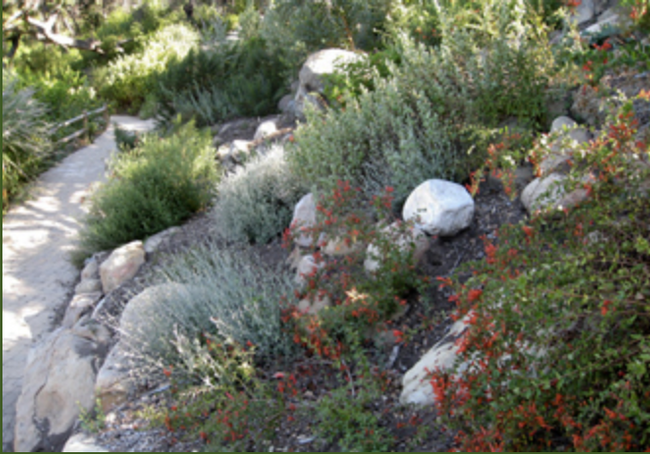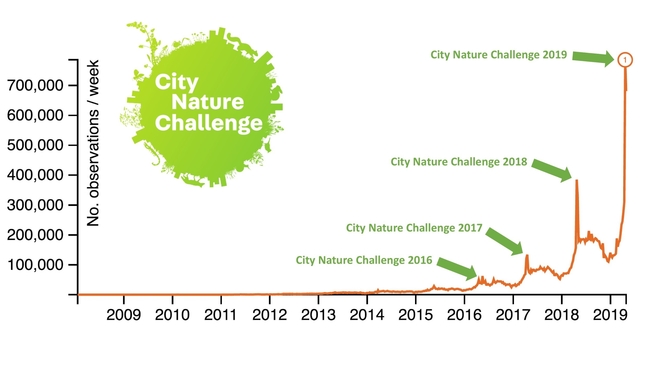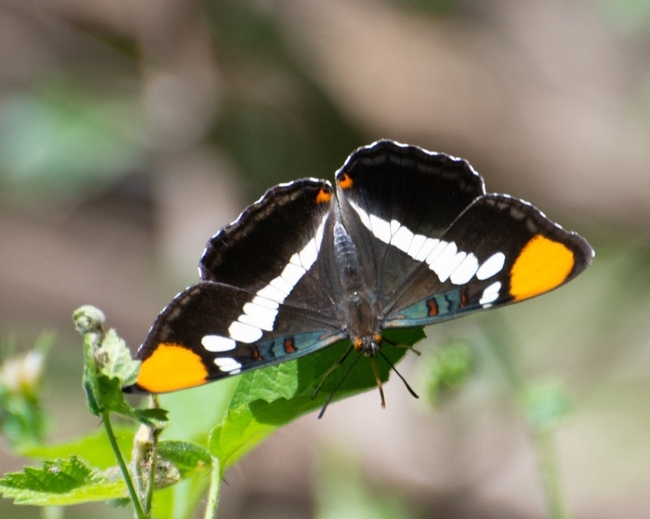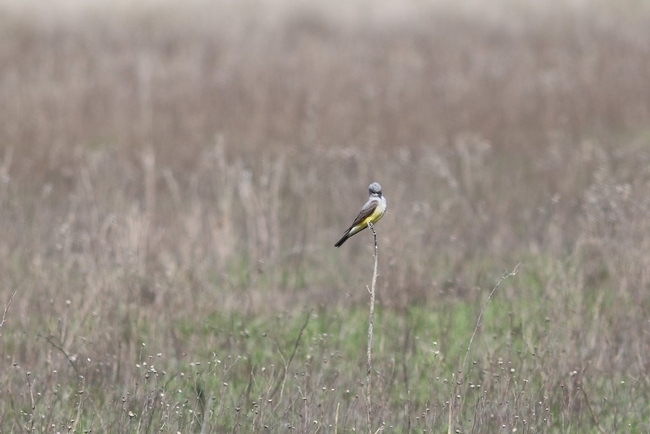- Author: Gregory Ira
“Transformational—the class gave me tools to transform intent to application, especially in areas where I've been unsure how best to be effective.”
“I am still aglow with my “new eyes” that can see so much more clearer with a naturalist lens.”
- California Naturalist Course Participant Feedback
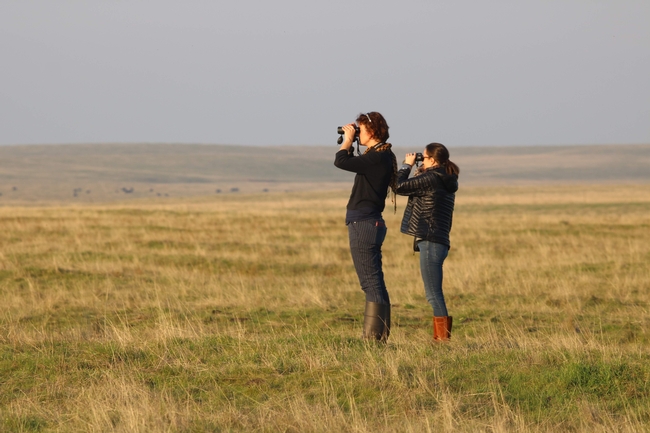
Defining transformative learning and identifying elements that contribute to it is complex. There are formal educational theories (developed by Jack Mezirow1 and others) and popular usage of the term transformational experiences. Central to most of these definitions are learning experiences that challenge our existing beliefs, perspectives, and behaviors and force us to reshape our understanding of the world. Clearly, this type of learning doesn't occur often and isn't something that a program can guarantee. However, I believe it is something that all California Naturalist instructors recognize and actively work toward.
While there is no single recipe for creating transformative learning experiences, there are some recognized elements - some within our control and others not. Four that I think hold the most promise are challenging field experiences, discrepant events, reflection through journaling, and capstone projects. Challenging field experiences take us out of our comfort zone, help us break old habits, and allow us to recognize new capabilities. Discrepant events challenge our existing beliefs by producing outcomes that are unexpected. Reflection gives us time to process, synthesize, and ultimately communicate what we've learned. Finally, capstone projects reinforce our ability to combine new knowledge and beliefs into action.
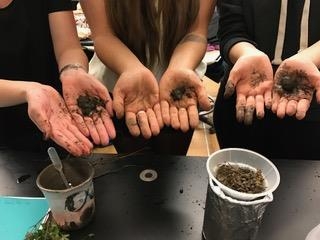
We look forward to hearing your own stories, experiences and practices that have resulted in seeing and walking through the world with “new eyes.” California Naturalist is in the process of collecting stories around the state of transformative learning experiences that were catalyzed by participation in a CalNat course. Click on this link to share your story with our naturalist community.
1 For more info on transformative learning theory see Mezirow, J. (1997). "Transformative Learning: Theory to Practice." New Directions for Adult and Continuing Education, 74, 5–12. Or this comprehensive overview.
This year's Regional Rendezvous (August 16-18) will host an abundance of learning opportunities for our CalNat participants. Aside from the amazing activities and adventures (such as kayaking, birding, historic building and nature preserve visits, traditional tool use workshop, etc.), Rendezvous participants will learn from our lightning talks, welcome speakers, a professional natural resources panel, and our plenary speaker.
Lightning Talks: For us to maintain a cohesive community across the entire state, it is important to know what other Naturalists have been up to in their areas. Lightning Talks are a great way to get an update on research or ongoing restoration projects, to present a particularly engaging Capstone Project, or to highlight the work being done by various organizations and programs. Our Naturalists are encouraged to contribute by submitting their work for a Lightning Talk. Each presentation will be about five minutes long with time allotted at the end for a few questions.
Welcome Speakers:
Don Pierce, Jr., Salinian Tribe elder, will welcome us to his ancestral lands. Born and raised in the mountains above Morro Bay he comes from a long line of ancestors traditionally located north of the Chumash. He grew up in the modern world, but learned native ways from his parents and extended family. Among many positions he holds, Mr. Pierce is presently the Salinan Chairman, Public Relations lead, Education lead, MBMM Board of trustee's, Native American liason for the Maritime museum and Navigators circle.
Dr. Katherine Soule, University of California Cooperative Extension Director and Youth, Families, & Communities Advisor of San Luis Obispo and Santa Barbara Counties will welcome us to the county. Dr. Soule leads an award-winning multicultural, bilingual team who truly understand the culture, needs, and strengths of the people in the communities where they work. Her programs integrate health education with community engagement, improving equity for marginalized populations.
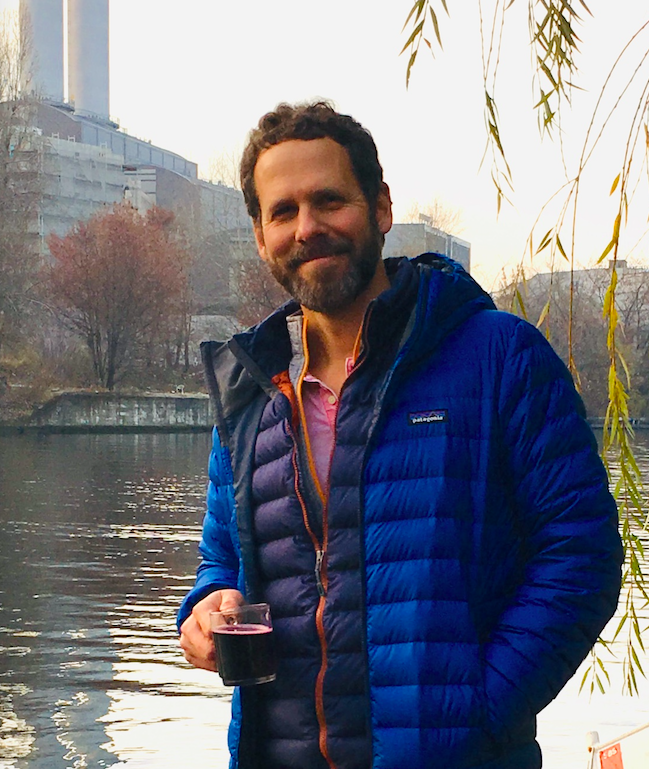
Natural Resource Expert Speaker Panel:
We have four guest speakers at this year's Regional Rendezvous whose amazing work embodies and often supports our collective environmental missions.
Heather Holm is the Interpretive Planning and Program Section Manager for California State Parks Interpretation and Education Division coordinating statewide interpretive projects and programming. One of her active projects is PORTS – Parks On-line Resources for Teachers and Students (a distance learning program covering subjects from kelp forests to California's Missions). Her work has brought high quality virtual field trips highlighting California's unique ecology and deep history to students across the world. Heather has 19 years of experience in interpretation, having worked in various positions in California State Parks and other non-profit museums and archives.
Rocio Lozano-Knowlton is the Director of MERITO (Multicultural Education for Resource Issues Threatening Oceans) Foundation. A Latin American oceanographer and an environmental/science educator, her impressive and eclectic experience focuses on ocean research and sustainable tourism and has reached and supported millions of teachers, students, and community members as she advocates for global environmental justice, and racial equality in the environmental field in USA.
Organization's Mission: To enhance ocean and climate science literacy among multicultural communities while supporting marine research and conservation in order to promote healthy ocean ecosystems and inspire the next generation of ocean professionals.
Scot Pipkin is the Director of Education for the Santa Barbara Botanic Garden, Dating back to the mid 1920's, this site highlights California native plants and offers educational courses and community events year-round. Scot has spent the better part of two decades as an outdoor/environmental educator in California, Arizona, Colorado, and New Mexico. He has worked with populations ranging from preschool to retirement, always with the objective of having participants make their own discoveries about the natural wonders that surround them.
Organization's Mission: To conserve California native plants and habitats for the health and well-being of people and the planet.
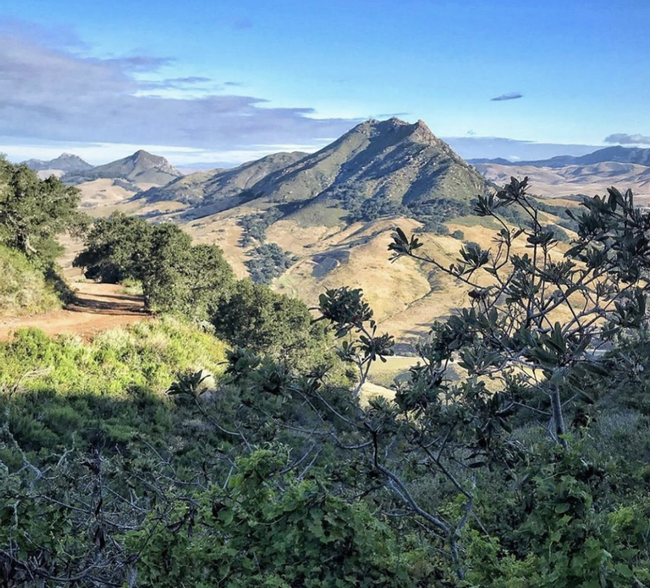
Organization's Mission: Through voluntary and collaborative measures, The Land Conservancy of San Luis Obispo County works to permanently protect and enhance lands having important scenic, agricultural, habitat and cultural values for the benefit of people and wildlife.
Our wonderful panel moderators are Chris Cameron: former Director of and lead California Naturalist instructor for Camp Ocean Pines and Michelle Roest: Interpretive Planner and lead California Naturalist instructor for the Cuesta College CalNat course.
We are so excited to share and learn from these amazing speakers. Register soon! Space is limited!
See you at the Rendezvous!
- Author: Sarah Angulo
The smell of the ocean, the cool, salty breeze, sandy toes and plenty of sunshine – many of us lucky Californians have special memories spending time at our central coast. While enjoying the company of friends and family, the stunning backdrop instantly puts us at ease, and gives us some perspective. However, a naturalist's mind has a hard time quieting down, as even a moment thinking about the landscape of the central coast leads to endless questions about how such a beautiful place came to be here today!
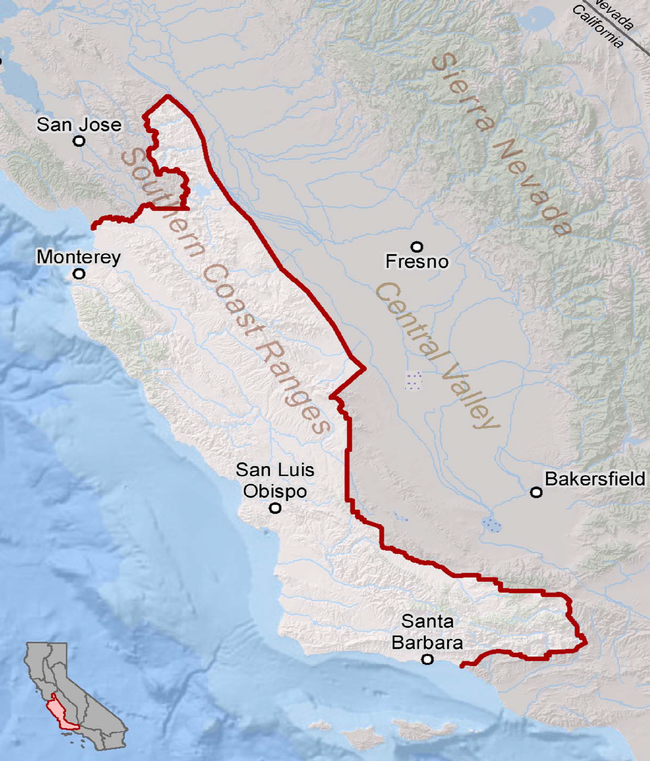
The coastal geology of California reflects its culture: it's modern, it's active, it's exciting, and it's got a lot going on. The dramatic cliffs and hills rising straight out of the ocean are a result of the Pacific and North American plate boundary. Subduction created the iconic mountains and accreted different rock types onto California. Now, as the plate boundary moves the shrinking Juan de Fuca plate north, the plates slide past each other along at this point along the coast, bringing even more rock types from Southern California northward. These diverse rock types contribute to a diverse plant landscape.
Rock and soil type combined with the Mediterranean climate characterize the landscape with vegetation types dominated by some quintessential Californian plants, including blue oak, coast live oak, valley oak, redwood, and Monterey pine. An incredible array of vernal pool, estuary, intertidal, bay, dune, forest, stream, riparian, chaparral, coastal sage scrub, and grassland habitats attract an equally diverse number of animal species to live in this area of California.
At the beaches, the uniquely adapted animals of the tide pools wait to be discovered, shorebirds cruise along the sand, and marine mammals can be viewed at a safe distance. In the freshwater streams that meet the ocean, macroinvertebrates feed the fish and birds who inhabit the riparian ecosystems. Still more bird species fly above the elusive bobcat, coyote, and mountain lion of the oak woodland habitats
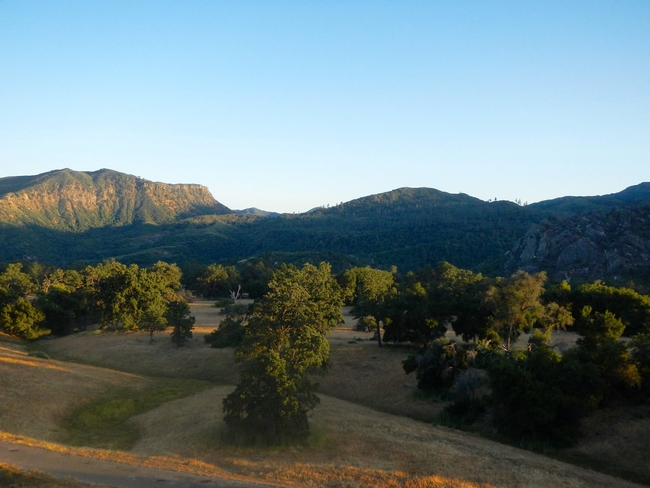
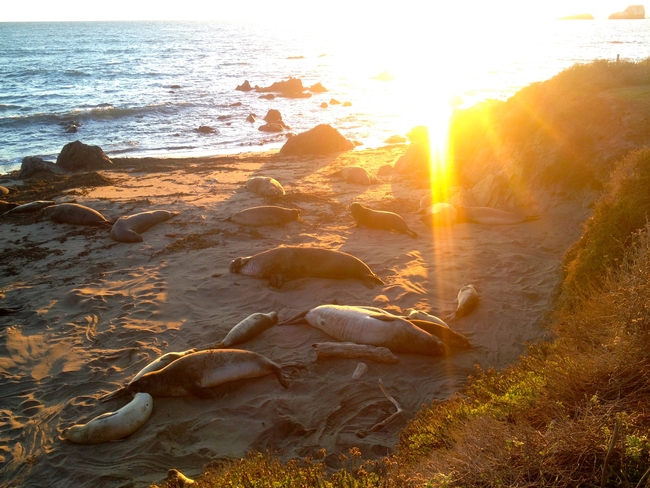
For our California Naturalists and friends, this landscape offers so many opportunities to learn and explore. That's why program staff picked the central coast as the location of this year's annual Regional Rendezvous! What's a Regional Rendezvous? An annual event for California Naturalists and other nature-loving adults to re-energize, share our collective passion, learn together about a specific bioregion, and make fun memories on high quality, professionally led adventures. No experience, credentials, or degrees needed, just a love of the natural world and a desire to learn more about it. Let experienced, knowledgeable, and local naturalists show you the places they call home in the surrounding Cambria area. Rendezvous attendees have an opportunity to choose one of the nine offered field trips/workshops to engage in the nature found in this unique part of California. Learn more about the field trip offerings and how to register for the Rendezvous!
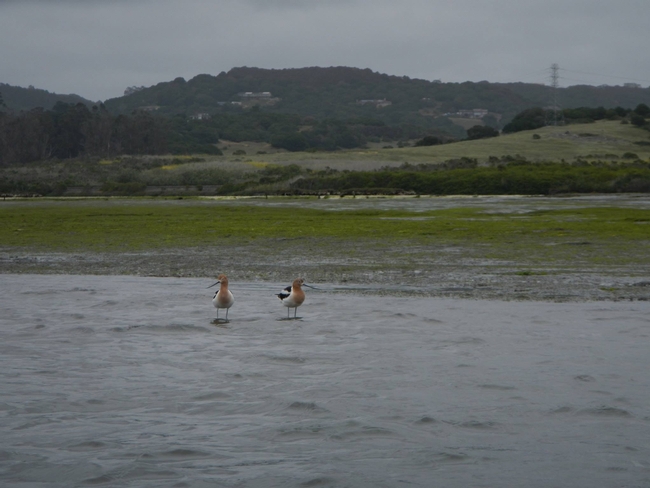
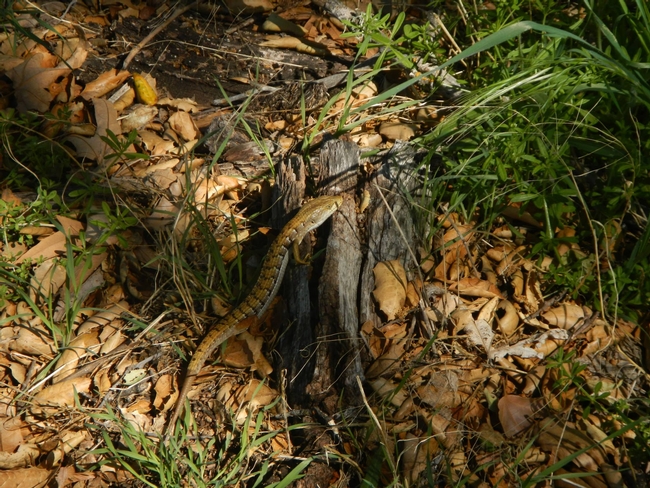
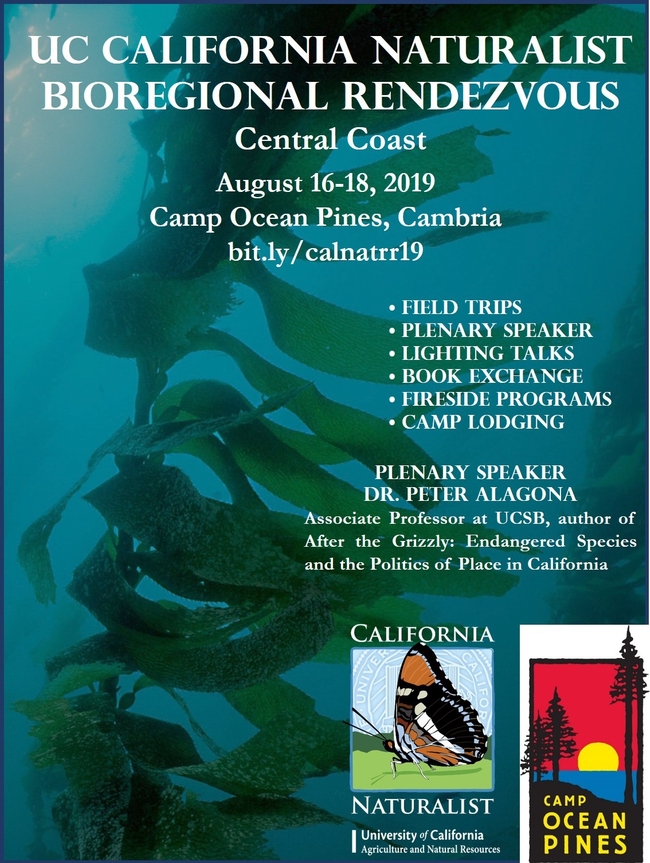
Have you ever seen the largest flying bird in North America soar, the California Condor? Harvested an oyster from your kayak? Visited the largest mainland elephant seal rookery in the world? Are you an avid birder that would enjoy your own "Big Day" with the area's premier birding authority? Do you enjoy the serenity of ocean bluffs and coastal forests and the unique plant communities they host? Would you like to learn how to harvest an entire deer using traditional stone tool methods? Are you interested in the natural history of raptors, falconry, and meeting powerful birds of prey? We have something for everyone at the rendezvous! Each attendee may choose from one of 6-9 (confirmations coming soon!) field excursions/workshops.
Participants will enjoy great food, a beautiful location, and time together with like-minded friends, new and old, exploring and learning in an atmosphere that builds something we call a "community of practice." You may stay on site in Camp Ocean Pines cabins or off site. Cabins have beautiful hand-crafted bunk beds, a toilet room and a shower room. The California Naturalist program is committed to building an inclusive community. We have implemented a limited number of tickets on a tiered, need-based equity pricing scale that we hope will serve the community better and allow us to recover the costs of holding this event.
Rendezvous with us on the Central Coast to feed your curiosity, help inspire each other, and build community! Space at Camp Ocean Pines in Cambria is limited, as are need-based subsidized prices, so please register early.
- Author: Sarah Angulo
All of our certified California Naturalists know how to use iNaturalist. Since uploading at least one observation is part of the course requirements, the City Nature Challenge was the perfect opportunity for Naturalists to reconnect with each other, offer their skills to their city's efforts, and contribute to a global scientific database.
The 4th annual City Nature Challenge was a huge success around the world. Together with the 159 cities that participated, we uploaded almost one million observations of biodiversity to iNaturalist in just 4 days. More than 35,000 people took part across the globe, and over 31,000 species were documented, including more than 1,100 rare, endangered, or threatened species.
This was also the biggest week for observations recorded in iNaturalist history, as demonstrated in the graph below.
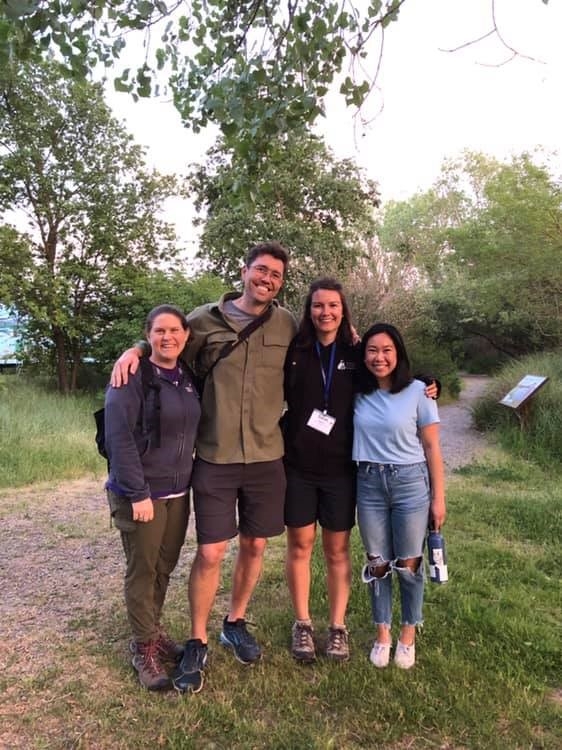
The California Naturalist program wants to recognize the contributions of our Naturalists to their city's final counts. We know many of you were out there at bioblitzes or in your backyards taking photos all weekend, and celebrate all that you contributed to science and nature. Congratulations on your achievements both large and small! We want to take a moment to highlight a few of our certified Naturalists, instructors, and partners for their involvement this year:
- Partners that held Bioblitzes outside of city boundaries over the weekend: UC Hopland Research & Extension Center, UC Santa Cruz Arboretum
- Sacramento Region CalNat partners: Many thanks to American River Conservancy, Yolo Basin Foundation, Effie Yeaw Nature Center, and UC Davis' Wild Davis for organizing Bioblitzes as first year guinea pigs
- Bay Area CalNat partners: thanks to Sonoma Ecology Center for a Bioblitz and Grassroots Ecology for contributing observations during their class field trip
- Certified California Naturalist Cedric Lee as the number one observer for Los Angeles County!
- Certified California Naturalist and Tuleyome instructor Mary Hanson came in 5th for the Sacramento Region; UC Davis' Wild Davis instructor Laci Gerhart-Barley and 3 current CalNat students came in the top 10
- Certified California Naturalist Millie Basden came in 8th for San Diego County
- Certified California Naturalist Amy Jaecker-Jones is a co-organizer for the international City Nature Challenge through the Natural History Museum of Los Angeles County
Despite the final results, the real winner of the City Nature Challenge is science and nature. A database holding a greater number of research-grade observations to draw from allows scientists to further study our natural world. You can take a look at publications that have used data from iNaturalist to see just where our contributions are going. And of course, the more people who get outside during the Challenge, the more people engage with the nature around them. Everybody wins!
Naturalists, if you participated in uploading observations to iNaturalist during the City Nature Challenge weekend, remember to record your hours in our Volunteer Management System!
Highlights of San Francisco Bay Area City Nature Challenge 2019:
|
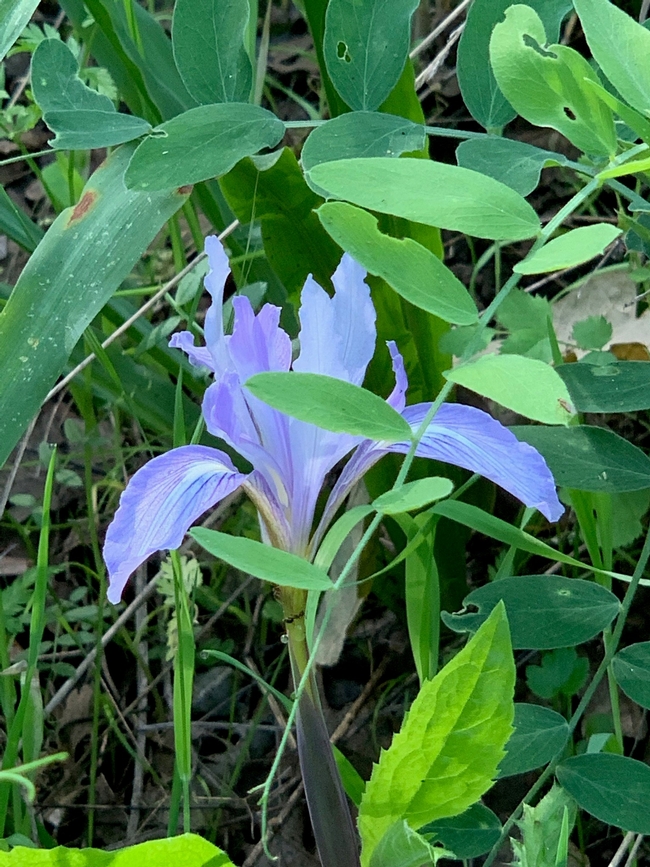 Douglas Iris from Bay Area Certified California Naturalist Bruce Hartsough |
Highlights of Los Angeles County City Nature Challenge 2019:
|
|
|
Highlights of San Diego County City Nature Challenge 2019:
|
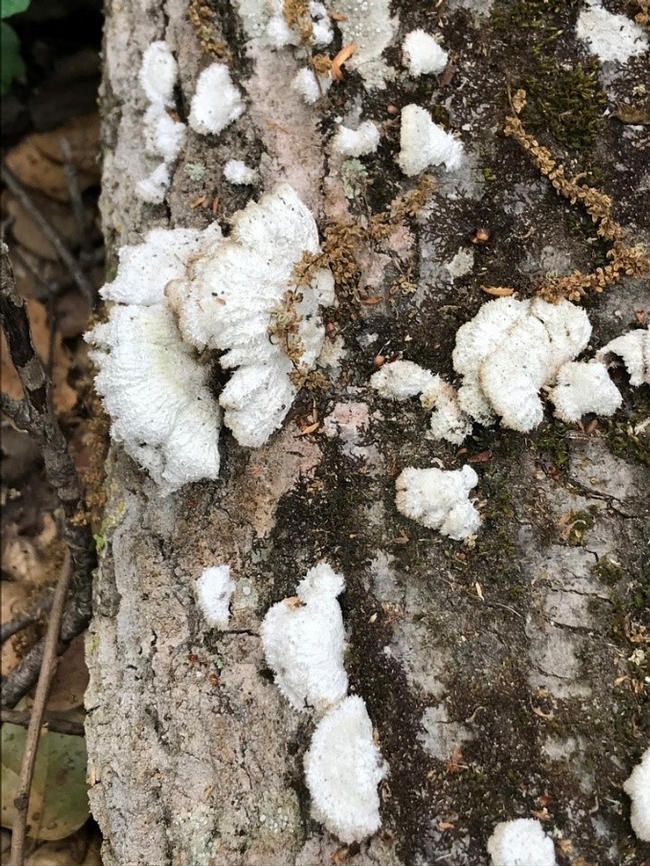 Fungi from San Diego Certified California Naturalist Paige Decino |
|
Highlights of Sacramento Region City Nature Challenge 2019:
|
|

